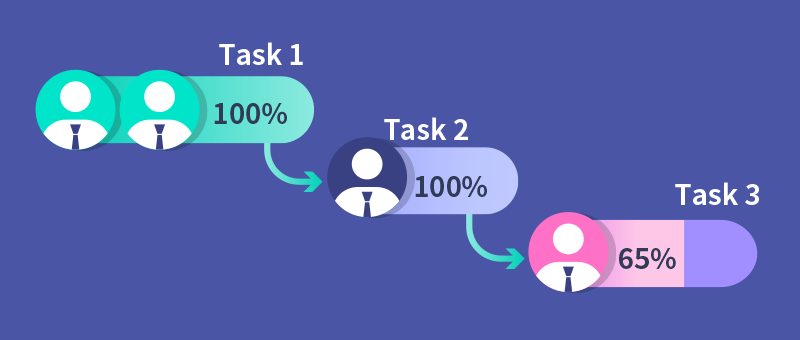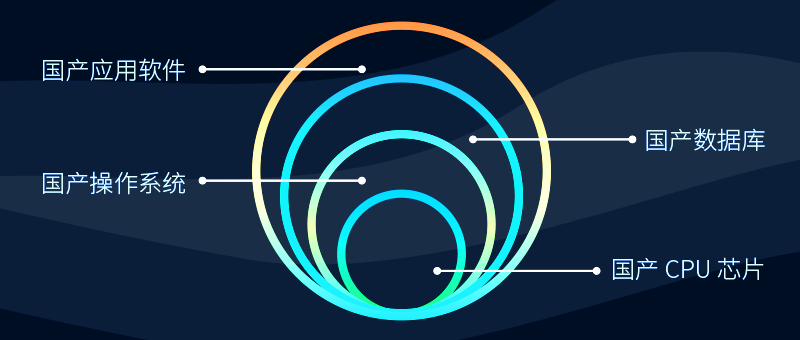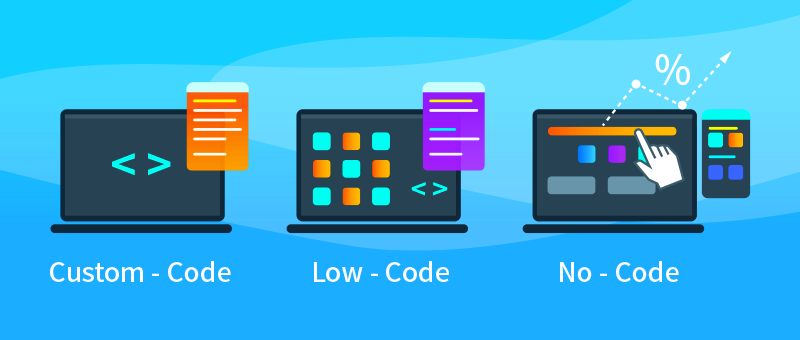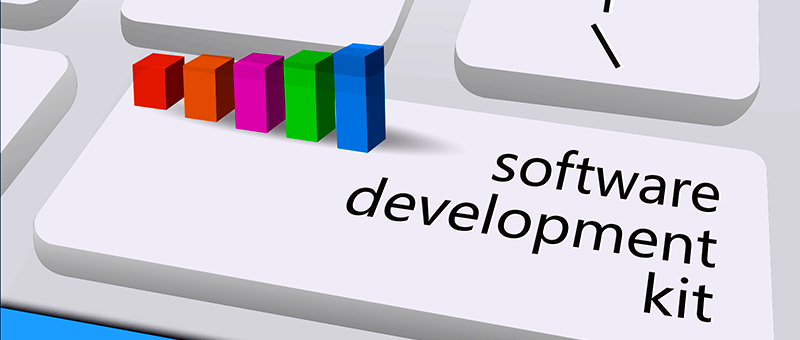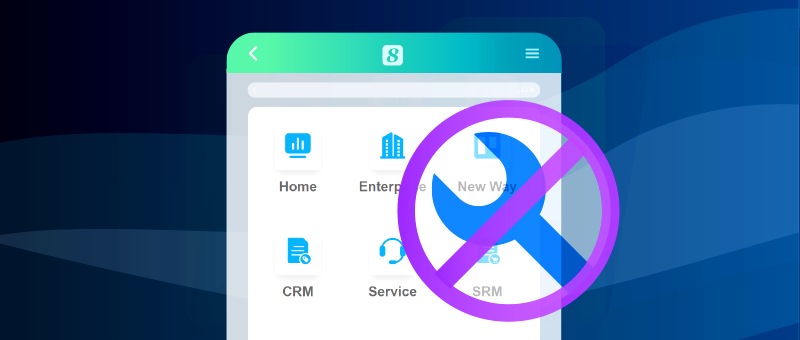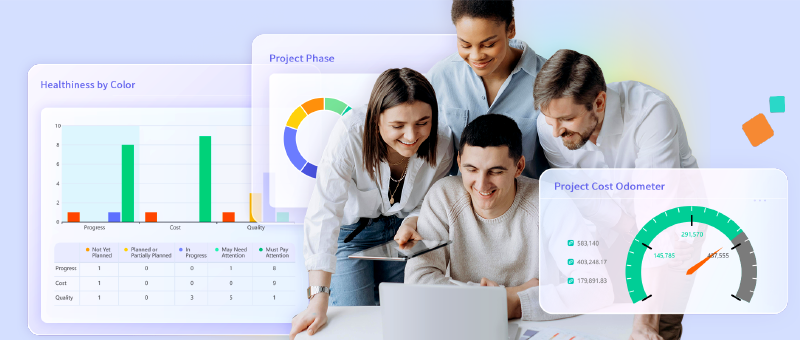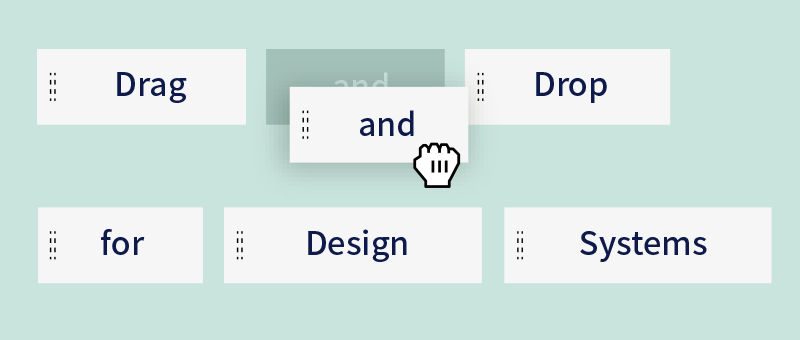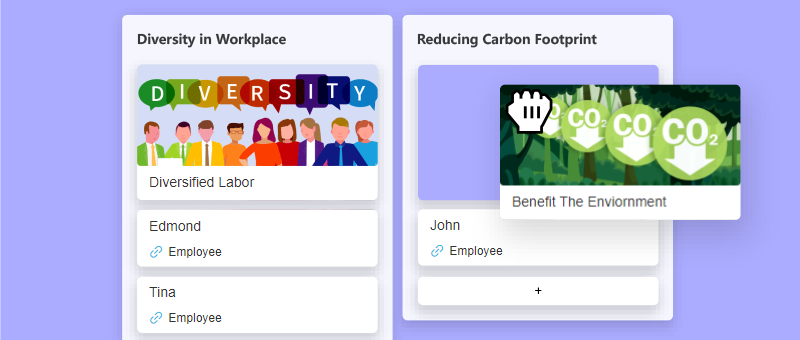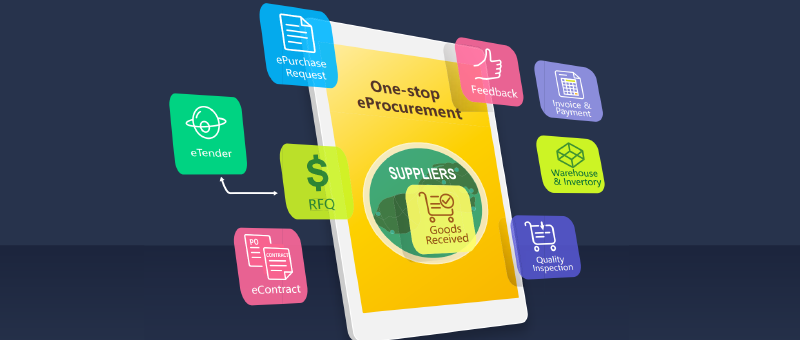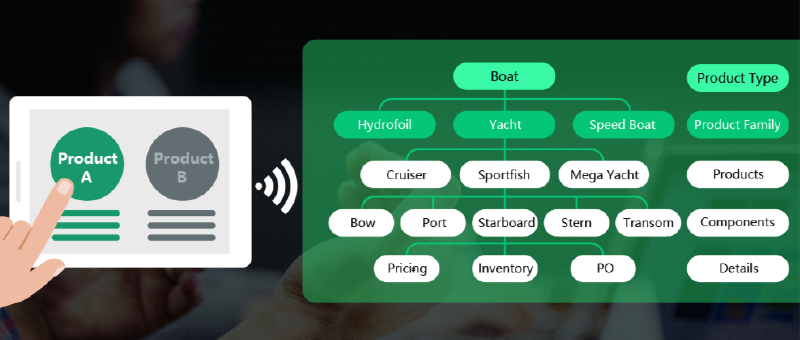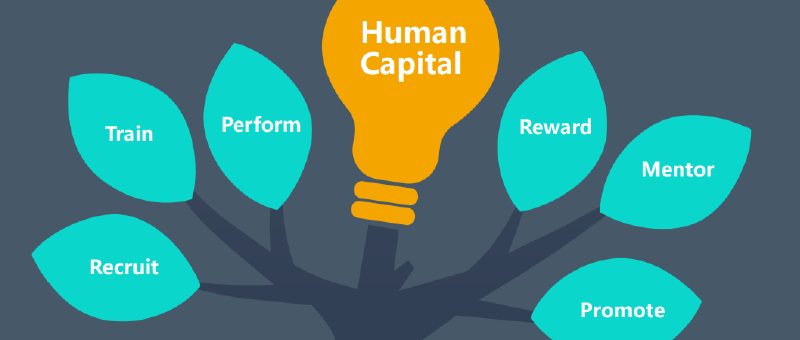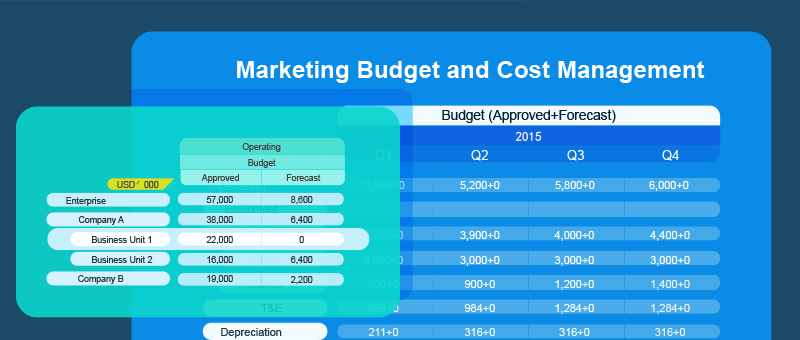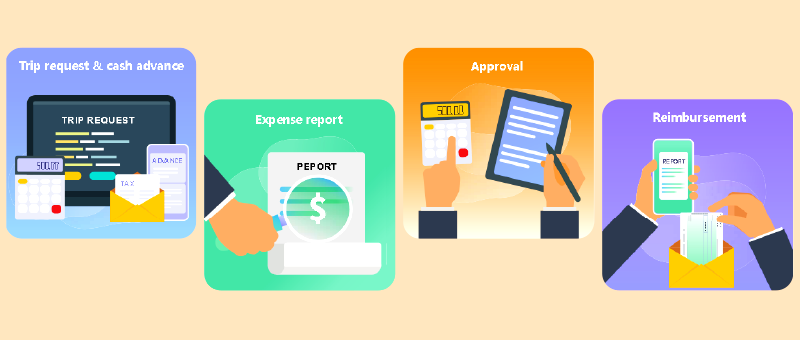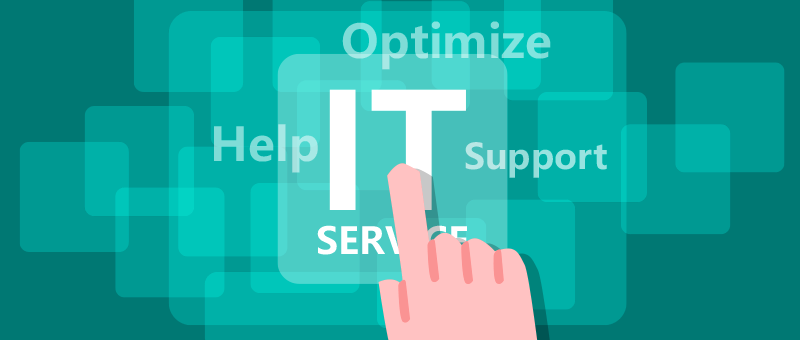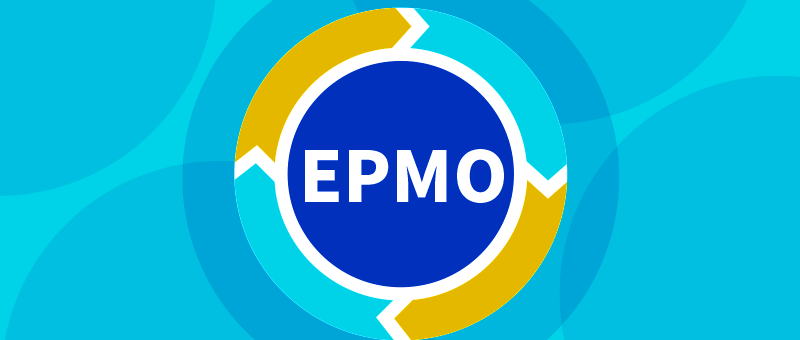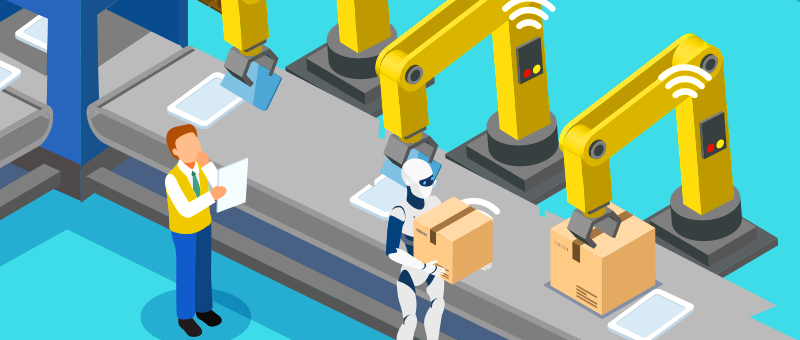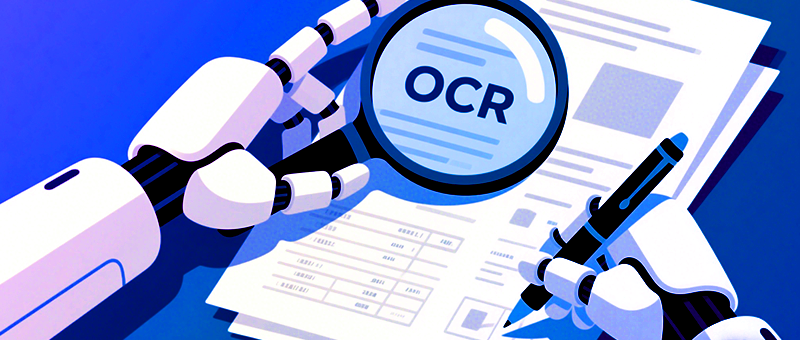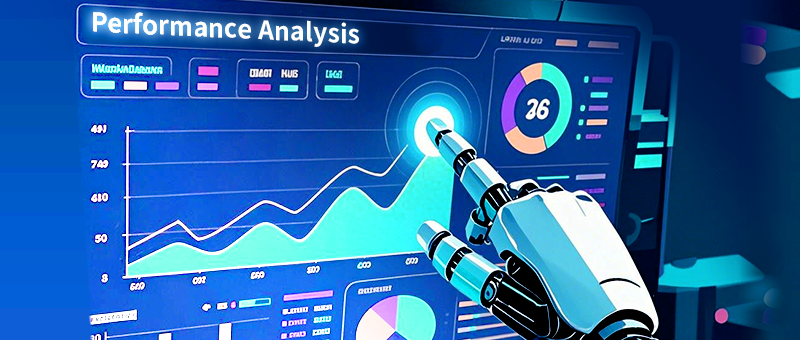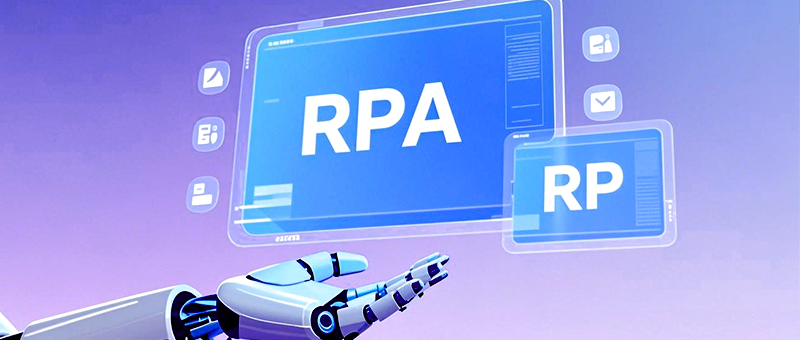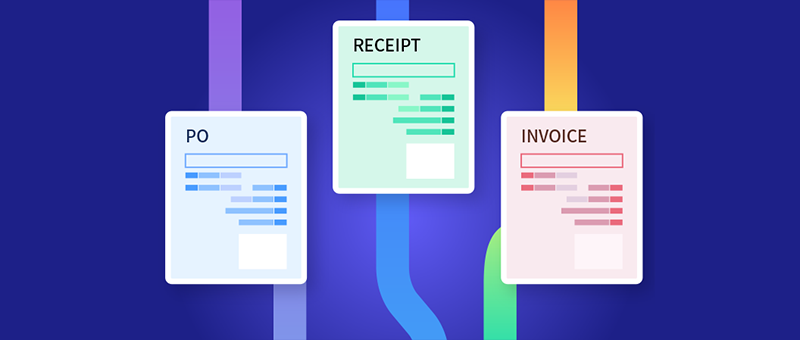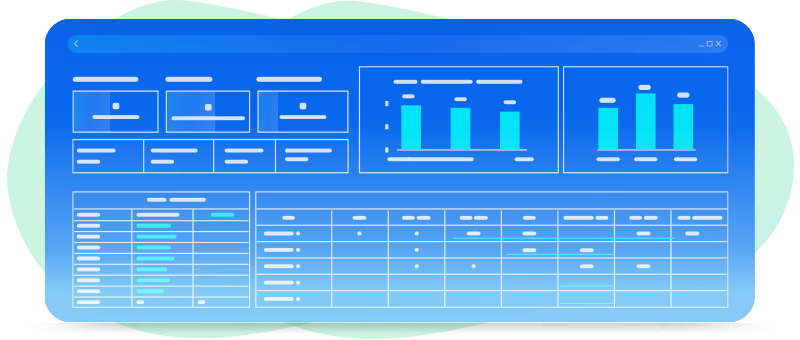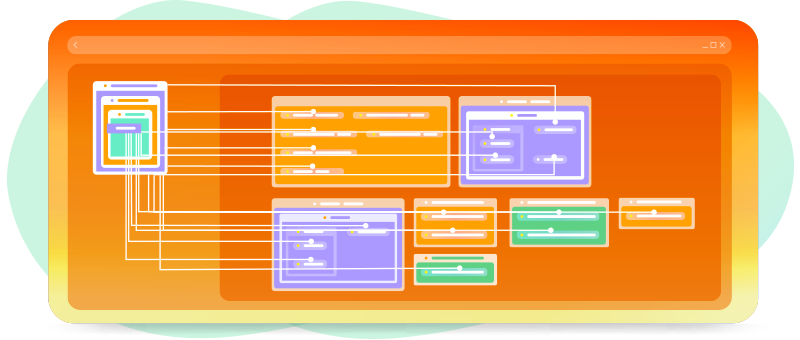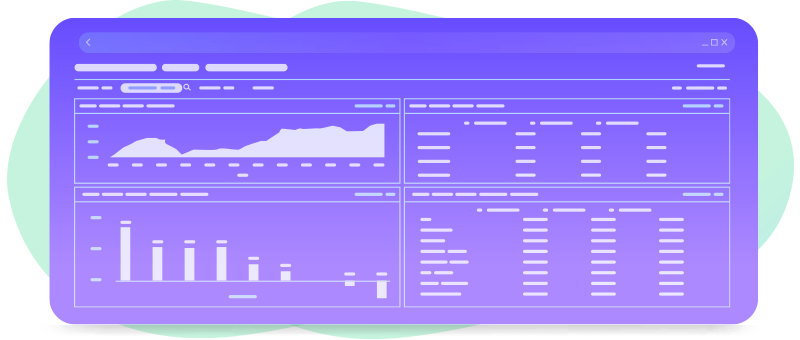Special News
How project management software tackles predecessor dependency delays and boosts R&D efficiency
2025-03-06
In software development, tasks don’t exist in isolation—they’re interconnected, often relying on one another like pieces in a puzzle. When a predecessor task stalls, it can trigger a cascade of delays, throwing timelines, budgets, and team morale into disarray. For R&D teams, managing these dependencies while keeping progress, resources, quality, and risks in check is a persistent challenge. Fortunately, modern project management software offers a lifeline. By leveraging tools like Gantt charts and smart reminders, these platforms can untangle predecessor dependencies and supercharge R&D efficiency. This article explores how these solutions work and why they’re game-changers for software development teams.
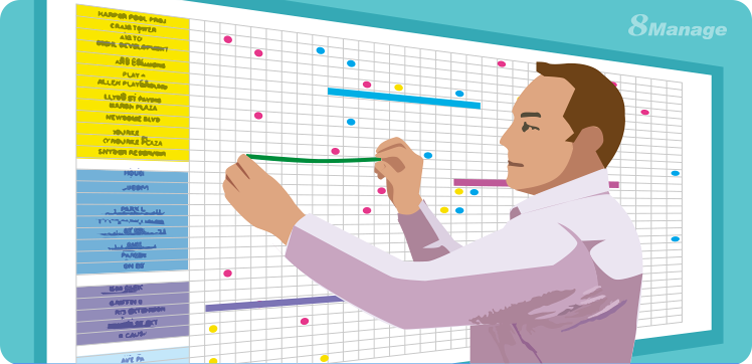
1. Project management software: The R&D team’s secret weapon
Software development thrives on speed and iteration, but without the right tools, even the most talented teams can stumble. Enter project management software—a centralized hub that streamlines collaboration and keeps projects on track. These platforms pack a suite of features tailored to the demands of R&D, including:
• Progress management: Break projects into manageable stages with clear timelines, ensuring nothing slips through the cracks.
• Quality control: Embed checkpoints and testing phases to catch issues early and maintain high standards.
• Risk warning: Spot potential roadblocks before they escalate, giving teams time to pivot or plan.
• Resource and cost management: Allocate people and budgets wisely to maximize output without overspending.
• Demand and change management: Track evolving requirements in real time, keeping the project aligned with client needs.
Among these, managing predecessor dependencies stands out as a linchpin. A single delay can ripple through the project, stalling momentum and frustrating stakeholders. The best project management tools don’t just map out these relationships—they actively help teams stay ahead of the curve. Take 8Manage PM, for instance: its robust dependency management features bring clarity and control to even the most tangled task networks, making it a standout choice for R&D teams.
But why does this matter so much? In fast-paced development cycles, every hour counts. A tool that prevents bottlenecks and keeps everyone on the same page isn’t just convenient—it’s a competitive edge.
2. Predecessor dependency management: Breaking the delay chain
Dependencies are the backbone of software projects. Coding can’t start until requirements are finalized. Testing can’t begin without a stable environment. These “predecessors” set the pace, and when they falter, the fallout can be brutal—missed deadlines, idle teams, and ballooning costs. It’s a domino effect no R&D manager wants to see.
The trouble is, predecessor delays aren’t always obvious until it’s too late. A designer tweaking a spec might not realize the coding team is twiddling their thumbs, waiting for the green light. Multiply that across a dozen tasks, and you’ve got a project spiraling out of control. So, how does project management software stop this chain reaction? It tackles dependencies head-on with three key capabilities:
• Automated dependency mapping: During planning, the software builds a clear chain of task relationships—no guesswork, no oversights. You define what depends on what, and the system locks it in.
• Real-time schedule syncing: If a predecessor task slips, the software doesn’t leave subsequent tasks hanging. It adjusts their start dates automatically, keeping the timeline realistic and transparent.
• Delay impact analysis: Beyond shifting dates, the tool assesses how a delay affects the big picture—think deadlines, resource allocation, and critical milestones. Armed with this insight, teams can reallocate effort or reprioritize on the fly.
Imagine a real-world example: a back-end team hits a snag redesigning a database, pushing their delivery date back a week. Without a smart system, the front-end developers might not hear about it until they’re ready to integrate, wasting time and energy. With a tool like 8Manage PM, the dependency is flagged from the start. The moment the back-end delay is logged, the software updates the front-end timeline and alerts the team. No surprises, no downtime—just smooth, proactive collaboration.
This isn’t just about avoiding chaos; it’s about empowering teams to work smarter. By shining a light on dependencies and their ripple effects, project management software turns a common pain point into a manageable process.

3. Gantt charts and smart reminders: Your visual command center
If dependencies are the backbone of a project, Gantt charts are the X-ray that reveals how they fit together. These time-honored tools have evolved into dynamic powerhouses, especially when paired with smart reminders. For software development teams, they’re indispensable for staying ahead of predecessor delays. Here’s why they shine:
• Dependency visualization: Gantt charts lay out tasks on a timeline, with arrows linking predecessors to successors. One glance, and you see the full chain—who’s waiting on what, and when it’s due.
• Dynamic delay adjustments: When a predecessor task shifts, the chart doesn’t just sit there—it updates in real time. Subsequent tasks slide accordingly, and risk zones light up, giving managers a clear heads-up.
• Smart reminders: Proactive alerts take this a step further. The system pings team members via email or app notifications before a delay derails the plan, ensuring quick responses.
Picture this: a software project hinges on back-end APIs being ready for front-end integration. Technical hurdles push the back-end delivery back three days. In 8Manage PM’s Gantt chart, the API task bar shifts, dragging the front-end start date with it. Red flags highlight the delay’s impact on the final deadline, and a smart reminder pings the front-end lead: “API delivery delayed—new start date is Thursday.” The team adjusts, perhaps shifting focus to another task in the meantime. Crisis averted.
This combo of visualization and automation is a game-changer. It’s not just about tracking progress—it’s about anticipating problems and keeping the project’s pulse steady. For R&D teams juggling complex workflows, that’s a lifeline.
4. Real-world success: A case study in action
Theory is great, but results speak louder. Consider a software company building an enterprise-grade application. With multiple teams—design, development, testing—dependencies were a minefield. Requirements shifted, environments lagged, and predecessor delays piled up, leaving managers scrambling to keep the project on track. Deadlines loomed, and frustration mounted.
Then they brought in 8Manage PM. The transformation was night and day:
• Automated dependency tracking: The software mapped out every task link upfront, cutting manual coordination time and human error. No more “I didn’t know that was delayed” excuses.
• Real-time oversight: Gantt charts gave managers a live view of progress. When a predecessor task slipped, they saw it instantly—along with its downstream effects—and adjusted priorities on the spot.
• Seamless collaboration: Smart reminders kept everyone in the loop. If a designer updated a spec, developers got a heads-up before their next step stalled.
The payoff? The project hit its deadline, stayed within budget, and left the client thrilled. Team morale soared, too—no small feat when you’re dodging the stress of constant firefighting. This wasn’t just luck; it was the software doing what it does best: taming dependencies and driving efficiency.
Cases like this show why predecessor management matters. It’s not about avoiding delays altogether—some hiccups are inevitable—but about minimizing their damage and keeping the project humming.
Wrapping up: Efficiency starts here
For R&D teams, project management software isn’t just a nice-to-have—it’s a must. It’s a Swiss Army knife for handling progress, quality, risks, and resources, with a special knack for tackling predecessor dependency delays. Gantt charts bring the big picture into focus, smart reminders keep teams proactive, and together, they ensure projects don’t just limp across the finish line—they sprint.
If your team is wrestling with delays or disjointed workflows, it’s time to explore a tool like 8Manage PM. It’s built to handle the chaos of software development, turning complex dependencies into a strength rather than a liability. Try it out, and see how it can elevate your R&D efficiency from good to great. In a field where time is money and innovation is king, that’s an edge you can’t afford to ignore.
Most popular

How IPD drives product R&D toward commercial success

Top procurement management systems to elevate your business in 2025

Are your project managers ready for AI?
Related articles
8Manage PM vs Trello vs Lark: Best enterprise project management
2025-06-10
Best project management tools for R&D teams 2025: 6 efficient options
2025-05-29
Scientific project management: 4 top tools and efficiency tips
2025-05-14
6 top tools to boost new product development efficiency
2025-04-30
IPD R&D project management: process and tools(including 8Manage PM)
2025-04-25



